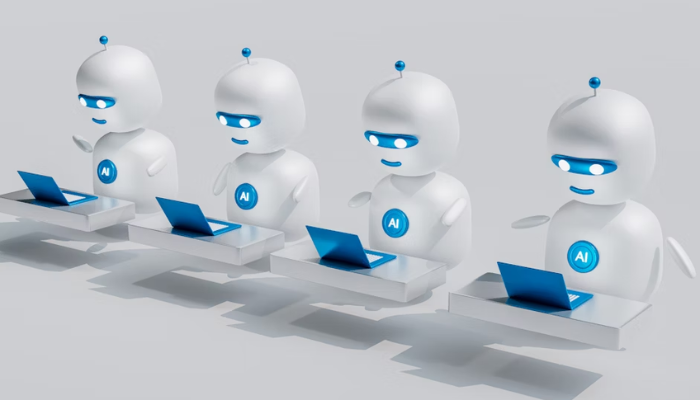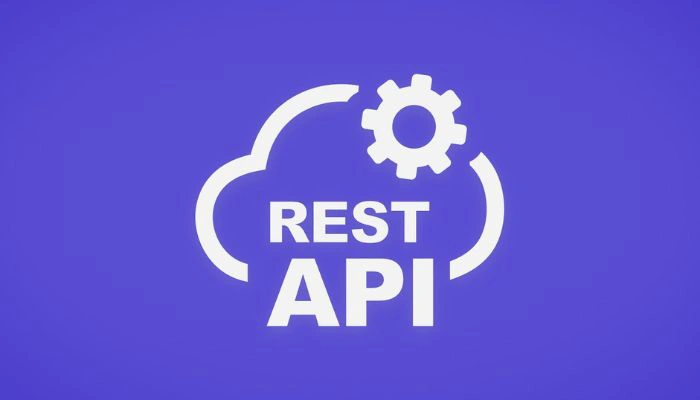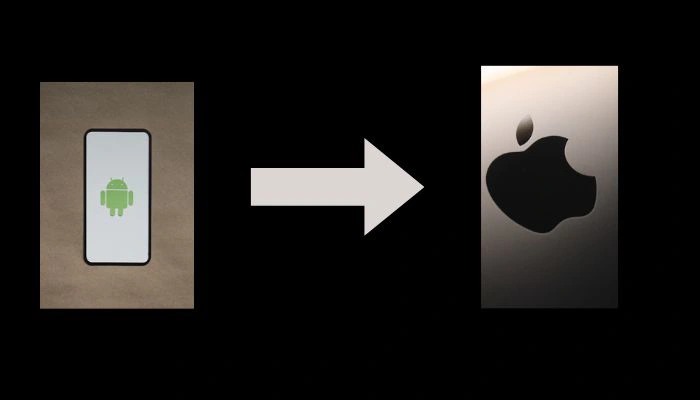What are Legacy Systems and Applications & Why Do You Need to Update Them
What's cutting-edge today can become outdated tomorrow! Businesses and organizations across every industry rely on complex networks of software and hardware to function, and over time, these systems can grow old. They become the digital equivalent of an old family car: they still get you from A to B, but they're slow, inefficient, expensive to maintain, and a breakdown could be catastrophic. These are legacy systems, and they represent a significant challenge and a pressing need for modernization in the digital age.
So, what exactly are legacy systems and applications? At their core, they are any software, hardware, or technology that has become outdated but remains in critical use. They might be built on obsolete programming languages, run on unsupported hardware, or use architectures that can't keep up with modern demands. Despite their age, they often handle core business functions—from customer relationship management to financial reporting—which makes them difficult, risky, and costly to replace. The term "legacy" often refers to the fact that these systems were a "bequest" from a previous technological era, paving the way for today's standards.
As you navigate the complexities of digital transformation, understanding the risks and limitations of these aging technologies is paramount. The decision to update or replace them is no longer a matter of convenience; it is a strategic imperative for any organization aiming to improve efficiency, enhance security, and remain competitive. This article will delve into the critical reasons why modernizing your legacy systems and applications is not just an option but a necessity. By the end, you'll have a clear understanding of the challenges they pose and the immense benefits of a strategic modernization plan.
The Problem with Legacy Systems and Applications
The primary reason to address legacy systems and applications is that their continued use introduces a host of problems that can severely impact an organization's bottom line, security, and ability to innovate. While they may still be functional, their inherent limitations act as a brake on progress, turning what was once an asset into a liability. Understanding these issues is the first step toward building a compelling case for modernization.

One of the most significant challenges posed by legacy systems and applications is the mounting security risk. These older technologies were designed in an era with a far less sophisticated cyber threat landscape. They often lack modern security protocols and are no longer supported by their original vendors, meaning there are no new security patches or updates to address newly discovered vulnerabilities. This leaves an organization's most critical data exposed to data breaches, malware, and other malicious attacks, jeopardizing not only business operations but also customer trust and regulatory compliance. The cost of a single security breach can dwarf the investment required for modernization, making inaction a far more expensive choice.
Another major issue is the high cost of maintenance. While it may seem cheaper to simply "keep the lights on," maintaining legacy systems often requires highly specialized and expensive technical talent. These are often experts in outdated programming languages like COBOL or FORTRAN, and their numbers are dwindling. The hardware supporting these systems is also difficult and costly to replace or repair, and the lack of readily available parts can lead to extensive downtime. These hidden costs, combined with the inefficiencies caused by the system's limitations, can quickly add up, draining resources that could be better spent on innovation and growth.
Finally, legacy systems and applications severely hinder business agility and innovation. They are often rigid, monolithic architectures that are difficult to modify, update, or integrate with new technologies like cloud platforms, AI, or mobile applications. This makes it impossible for an organization to adapt to changing market conditions or customer demands. For example, a company might want to launch a new mobile app, but the existing legacy system can't provide the necessary data in a timely or secure manner. This lack of interoperability creates data silos and prevents the seamless flow of information, slowing down business processes and stymying the adoption of new, more efficient workflows.
Why do companies still use legacy systems?
Given the multitude of problems, it begs the question: why do organizations continue to rely on legacy systems? The answer is often a combination of financial, operational, and psychological factors. The perceived cost and complexity of a large-scale modernization project can be daunting, leading to a "if it's not broke, don't fix it" mentality.
- Initial Investment Protection: Many organizations have invested millions of dollars and countless hours into their current systems. The idea of "throwing away" that investment can be a significant barrier to change. They often feel they must continue to extract as much value as possible from the existing technology, even if the total cost of ownership is rising.
- Business-Critical Functionality: Legacy systems often handle core business processes that are deeply embedded in daily operations. For a hospital, it could be the patient records system; for a bank, it might be the core banking platform. These systems are so integral that the risk of a botched migration or extended downtime during an upgrade is simply too high.
- Lack of Internal Expertise: The institutional knowledge required to maintain and understand these complex systems often resides with a small, specialized group of employees. This creates a dependency that can make it difficult to transition to new technologies, as the knowledge transfer process is often complex and time-consuming.
- Fear of Disruption: The thought of a large-scale IT project, with all its potential for delays, cost overruns, and operational disruption, can be a major deterrent. The human element of change management is also a factor, as employees may be resistant to learning a new system and leaving their comfort zone.
What are the risks of using legacy systems?

Beyond the general problems, the risks associated with legacy systems are specific and tangible, impacting everything from security to employee morale. These risks highlight why ignoring the issue is not a viable long-term strategy.
- Severe Security Vulnerabilities: As mentioned, outdated systems are a prime target for cybercriminals. The lack of security patches and modern encryption standards makes them easy prey. A single unaddressed vulnerability can be an open door to a network, leading to data theft, ransomware attacks, and crippling business interruptions.
- Compliance and Regulatory Penalties: Many industries, such as finance, healthcare, and government, are subject to strict data protection and privacy regulations (e.g., GDPR, HIPAA). Legacy systems often do not have the built-in controls or auditing capabilities to meet these modern compliance requirements, exposing the organization to significant fines and legal action.
- Inability to Compete: In a market where innovation is key, organizations stuck on legacy platforms cannot keep pace. They are unable to integrate with new technologies, offer the digital experiences customers expect, or leverage data analytics to make informed decisions. This puts them at a severe disadvantage against more agile, technologically advanced competitors.
- Loss of Talented Employees: Modern developers and IT professionals are drawn to organizations that use contemporary technologies. They are often reluctant to work on outdated systems using obsolete programming languages. This makes it difficult to attract and retain top talent, further exacerbating the maintenance problem.
Key Drivers for Modernizing Legacy Systems

The decision to modernize is driven by a desire to mitigate these risks and unlock new opportunities. The benefits of a successful legacy system modernization project far outweigh the costs of maintaining the status quo. Here are the key drivers:
- Enhanced Security and Compliance: Modernization allows an organization to build a robust security framework from the ground up. This includes implementing the latest encryption, multi-factor authentication, and intrusion detection systems. It also ensures that the system is fully compliant with current and future regulatory standards.
- Improved Efficiency and Performance: Modern systems are built on scalable architectures that can handle increased workloads and process data faster. This leads to improved operational efficiency, reduced latency, and a better user experience for both employees and customers.
- Reduced Operational Costs: While the initial investment in modernization is significant, it leads to substantial long-term savings. The cost of maintaining new systems is lower, and the reliance on a shrinking pool of specialized talent is eliminated. Furthermore, modern solutions often leverage cloud technologies, shifting costs from capital expenditure to a more flexible operational model.
- Increased Business Agility and Innovation: A modernized platform serves as a flexible foundation for future growth. It can seamlessly integrate with emerging technologies, enabling the organization to quickly develop and deploy new products, services, and features. This agility is a critical competitive advantage in today's market.
- Attracting and Retaining Talent: By adopting modern technologies, an organization becomes a more attractive employer. It empowers its IT teams to work with the latest tools and methodologies, fostering an environment of continuous learning and innovation.
How to Approach Legacy System Modernization
A successful modernization project requires a well-planned and strategic approach. It's not about a simple "rip-and-replace" but rather a thoughtful, phased transition.
| Modernization Strategy | Description | Best for... |
| Rehosting (Lift and Shift) | Moving an application from an on-premise environment to the cloud with minimal changes. | Low-risk applications where quick wins and cost savings are a priority. |
| Replatforming | Moving the application to the cloud and making minor adjustments to take advantage of cloud features (e.g., managed databases). | Applications that need some performance improvements but don't require a full rebuild. |
| Refactoring/Re-architecting | Restructuring and rewriting the existing code to a new architecture, often microservices. | High-priority applications where scalability, agility, and long-term value are critical. |
| Replacing | Discarding the existing application and replacing it with a new, off-the-shelf solution or a custom-built one. | Systems that are beyond repair, have high maintenance costs, or are no longer aligned with business needs. |
| Retiring | Decommissioning the application entirely if its functionality is no longer needed. | Obsolete systems that no longer serve a useful business purpose. |
Conclusion: The Legacy of Innovation
In an era defined by rapid technological change, the choice to address your legacy systems and applications is a fundamental step toward securing your company's future. It is a strategic investment in efficiency, security, and innovation that will pay dividends for years to come. By moving beyond the limitations of the past, you can build a more resilient, agile, and competitive organization. Don't let outdated technology hold you back.
Ready to transform your business and unlock your potential? Contact us today to discuss how our expert team can help you navigate the complexities of modernizing your legacy systems and applications.









